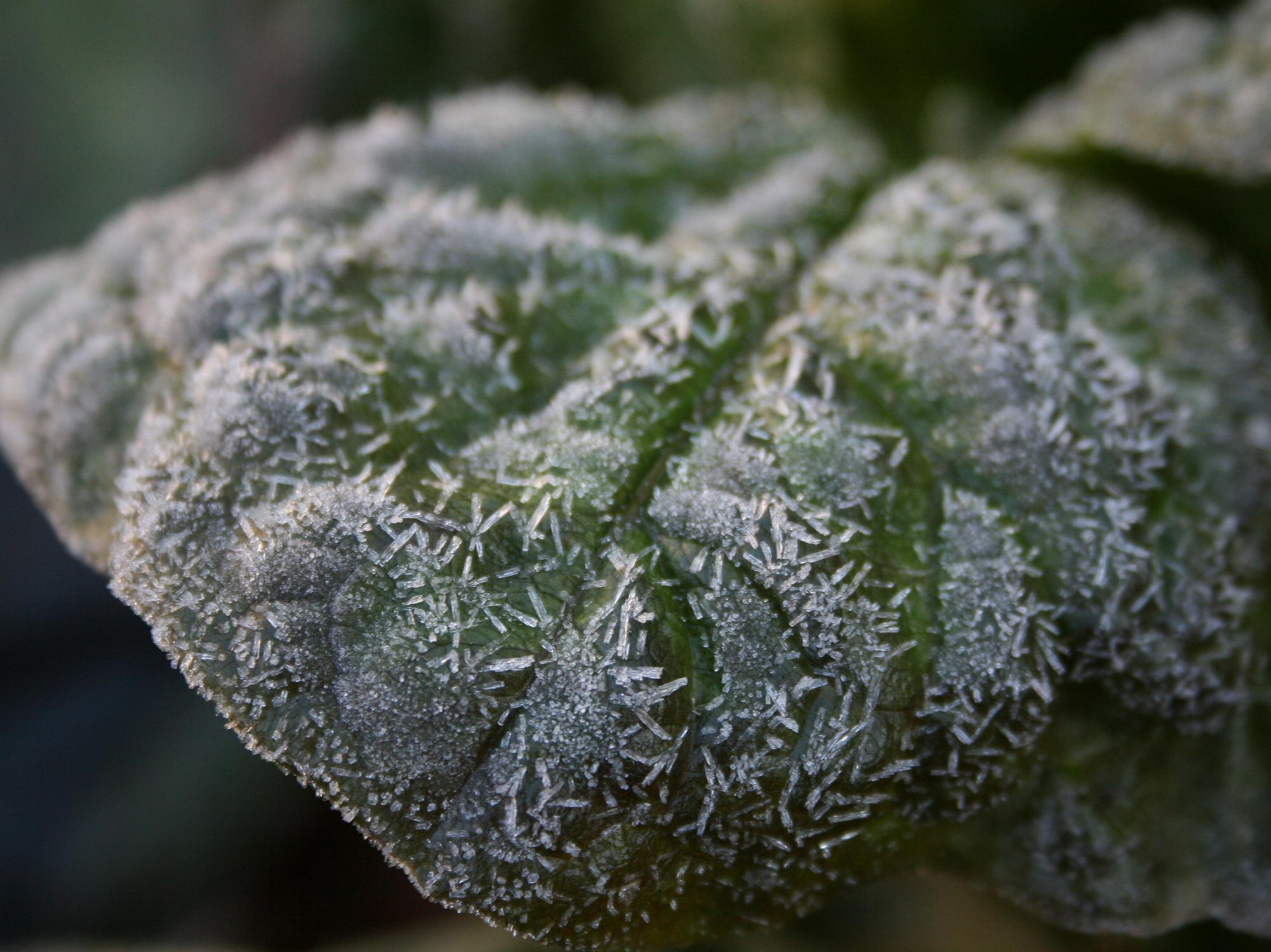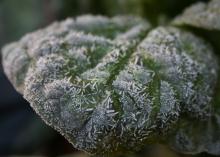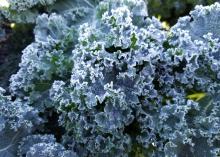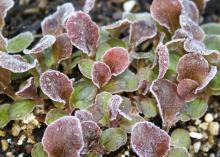Information Possibly Outdated
The information presented on this page was originally released on November 19, 2018. It may not be outdated, but please search our site for more current information. If you plan to quote or reference this information in a publication, please check with the Extension specialist or author before proceeding.
Recent cold snap was dress rehearsal for winter protection
This past week, we got a rude wakeup call from Mother Nature saying that winter has finally arrived.
I answered many phone calls and emails asking what could be done to protect landscape plants. I even shared some last-second cold weather protection tips on WLOX television. I want to point out that, except for the most tender, most plants came through the couple of days of cold weather just fine.
But that’s not going to be the case when we enter the true cold weather months. I’m considering the recent brief cold snap a timely dress rehearsal. So, let me share some tips to help you protect landscape and container plants.
Tip #1. Make sure your landscape and containers plants are well watered before the cold sets in.
Warning: Here comes some science! Most people have seen news reports of citrus growers facing freezing temperatures who turn on their irrigation so ice forms on their trees. Water has a great benefit of being a buffer against the cold. As water freezes, it releases heat that is transferred to the surrounding roots system. It keeps the root zone temperature at 32 degrees.
One of the best things you can do for evergreen landscape plants is to have a good layer of mulch and to water them thoroughly. Mulch acts as a blanket on top of the root system, insulating the roots from the cold.
Tip #2. Plants grown in containers have the advantage of being portable.
If you don’t have a greenhouse, an easy solution is to move the plants into an unheated garage for a couple of days. There’s no need to provide heat; you’re just trying to keep them from freezing. Most garages never go below freezing if the door is kept closed.
If moving your plants into a structure is not an option, simply place the plants up against the house. West- and south-facing walls are best as they absorb and release more heat energy from the sun than a north- or east-facing walls.
Tip #3. In-ground landscape plants can’t be moved, so bring the protection to them.
Cover landscape plants using old sheets, plastic sheeting or even cardboard boxes. This cover provides a surface for the frost instead of the plant foliage. Plant foliage should not touch the covering, as the cold can be readily transferred through the material. Remember to open the covering during sunny days because the temperature inside can rise quickly and cause plant damage, even in cold weather.
Tip #4. Have a plan for protecting citrus plants in cold weather.
With citrus trees, how cold is too cold is a matter of how low the temperature gets and how long it stays that low. I always consider providing protection for my citrus when predicted lows go below 28 degrees. I like to err on the safe side. Temperatures in the mid to low 20s for more than five hours will damage the fruit.
Tree damage, namely to the grafted portion of the plant, occurs with temperatures below 22 degrees for more than five hours. Cover the trees as described previously to provide a few hours of protection.
So, be sure to plan ahead and decide what plants you’re going to protect this winter and what method you plan to use.





